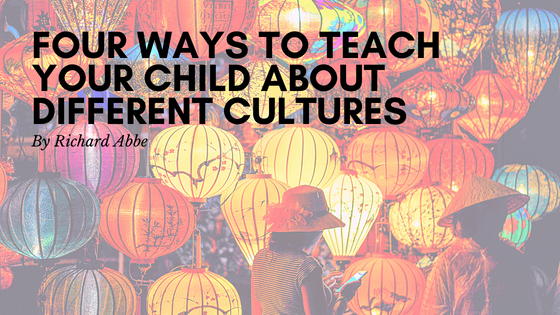Teaching children about other cultures is a fun way to introduce them to the world’s diversity. It can also help them develop a sense of respect and what it means to be valued and accepted as a person.
Being able to educate children about other cultures is imperative to fight against prejudice and racism. Furthermore, exposing children to a wide range of diversity can help them develop a deeper understanding of themselves. We give our children a gift when we teach them about other cultures. So, where do you begin?
There are many approaches that you can take when it comes to learning about other cultures. First, you might consider researching and exploring your family’s cultural background. It is crucial for a child to understand their own cultural identity.
It’s also essential to introduce children to entirely unfamiliar cultures. This can be done by starting with someone your child has a close connection with, looks up to, or is curious about. For a more exciting experience, try playing a game of chance where you can spin a globe and choose a random country to explore. After you’ve chosen a culture, you’ll be ready to go for the fun activities.
Here are a few fun ways to help teach children about different cultures worldwide.
Prepare New Foods
Food is fundamental to us and closely linked to culture. There are many different kinds of food that each culture has to offer. Try taking your child on a taste quest to explore another culture. This can help them learn about the ingredients used in different food items.
If you have friends or neighbors from different cultural backgrounds, you can arrange a potluck, where every family prepares a traditional dish. It’s a great way to get to know your neighbors better and to make memories with people from different backgrounds.
Learn a New Language
The internet makes it easy to learn new phrases. Google Translate is one of the most valuable tools you can use to translate between different languages. This app can help you easily translate between English and over a hundred other languages.
As a starting point, try to find out what the culture’s greeting is. The words “please” and “thank you” can be beneficial to learn. If the culture uses characters different from your own, try to see if your child can also determine how their name would be spelled. Also, check to see if the other language has similarities to your own. Ask your child to share what they learned with the family.
Discover New Customs
Besides holiday celebrations, cultures have other customs unique to their way of life. These customs are often very significant and make each culture unique.
In the US, for example, we drive on the right side of the road, high-five each other, and shake hands as a greeting. These are all behaviors that children learn from their culture at an early age.
Listen to Different Music
Children can learn a lot from music, plus it’s fun! Kids can clap along as they sing and dance to songs from other cultures.
Next time you’re on a long car ride, try playing international music. Or put it on when the family’s cooking dinner. This activity can help children learn about different instruments and styles of music.

